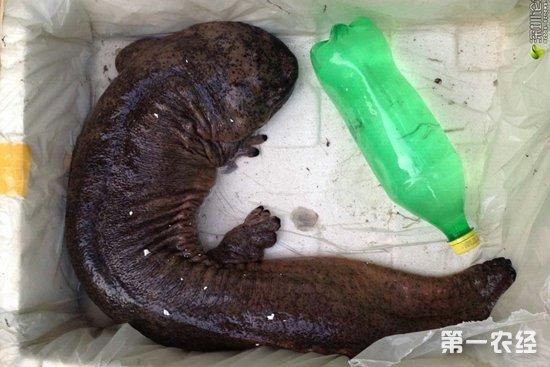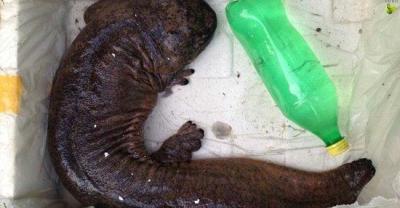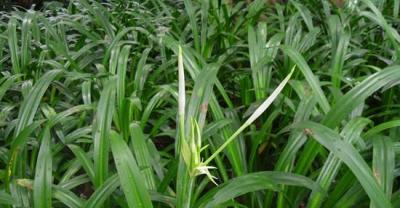Skin rot of giant salamander in aquaculture
Skin rot is the most harmful disease to the artificial culture of giant salamander, and it spreads quickly. Because the water quality of artificial slough is easy to be polluted, the first large number of pathogenic microorganisms are often propagated in the water. when giant salamander is injured due to abrasions or bites or other reasons, pathogenic microorganisms are easy to enter and cause pathological changes. In the early stage of the disease, the skin fluid of the diseased site decreased, red spots or spots appeared in the mountains, and the surrounding tissues were congested and inflamed, and then a sore-like focus was formed. a large number of pathogenic bacteria and sundries were often attached to the focus, and in severe cases, muscle necrosis, bone tendons and viscera could be seen. Gill anorexia or no food intake, activity significantly weakened. Die soon.

Prevention: when the Gill pond is built, it can not be put into extinction immediately, because the newly built pond is strongly alkaline, and the optimum pH value of the big Gill is 6 Mel 7. When the pH value is more than 9, the large group will be destroyed and die. Before stocking, the pond was filled with water, soaked continuously for 3 days, then soaked for 10 days, and repeated several times to make the pH of the pool water close to'1 ". The walls of the pool and cave should be smooth to prevent large molting skin abrasions, disinfect the pool with bleach or other drugs before stocking, and kill enemy creatures; soak the pool with 1% gentian purple for 20 minutes; pay attention to the neat specifications of individuals in the same pool and set up anti-escape facilities to avoid injuries caused by bitten by each other. Keep the water quality fresh and pollution-free in breeding, and keep running water all the year round when conditions permit. The water temperature in summer is lower than that in the south, and the small pathogenic microorganisms in the water propagate rapidly, so it is more important to change the pool water frequently. Treatment: the sick pool was sprinkled with strong chlorine 0.3-0.4 g / m3 or chlorine dioxide 0.3 g / m3, once a day for 3 consecutive days. For the patients, first soak them with 10-20 grams per square meter for more than half an hour, and thoroughly wash the attachment of the wound, then apply the affected area with Kuiyangling or other disinfection ointment, once a day, and inject 810,000 units of penicillin into serious Russian kilograms, depending on the condition.
- Prev

Efficient breeding crayfish-crayfish rotten tail disease how to do?
[etiology] Crayfish are injured, killed each other or infected by chitin-decomposing bacteria. Symptoms: in the early stage of infection, crayfish have water sores, edge ulcers and necrosis.
- Next

Breeding methods and misunderstandings of insect chickens
Pay attention to the headline "Love with temperature", we share the technology and experience in the process of breeding, and make progress together! Bug chicken refers to the breeding of chickens.
Related
- On the eggshell is a badge full of pride. British Poultry Egg Market and Consumer observation
- British study: 72% of Britons are willing to buy native eggs raised by insects
- Guidelines for friendly egg production revised the increase of space in chicken sheds can not be forced to change feathers and lay eggs.
- Risk of delay in customs clearance Australia suspends lobster exports to China
- Pig semen-the Vector of virus Transmission (4)
- Pig semen-the Vector of virus Transmission (3)
- Five common causes of difficult control of classical swine fever in clinic and their countermeasures
- Foot-and-mouth disease is the most effective way to prevent it!
- PED is the number one killer of piglets and has to be guarded against in autumn and winter.
- What is "yellow fat pig"? Have you ever heard the pig collector talk about "yellow fat pig"?

